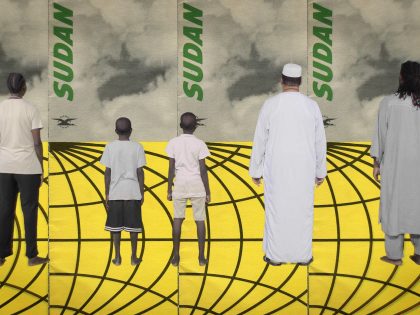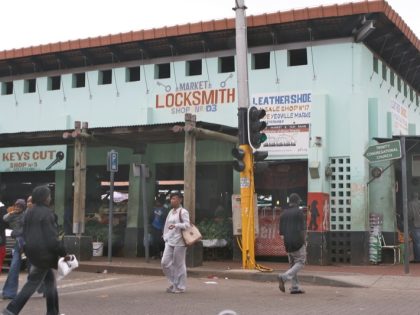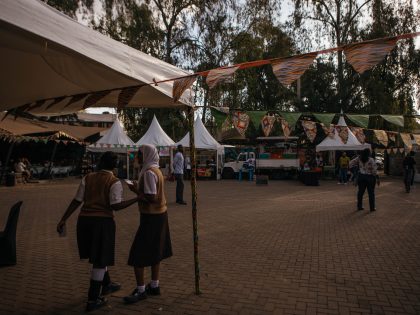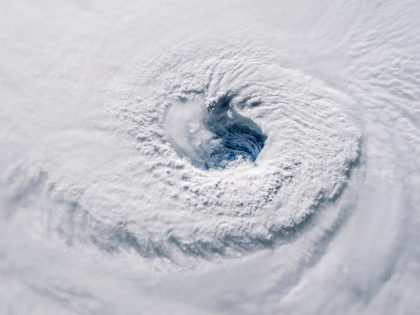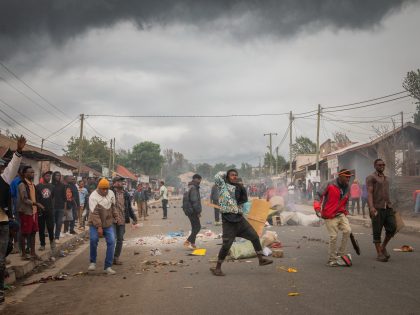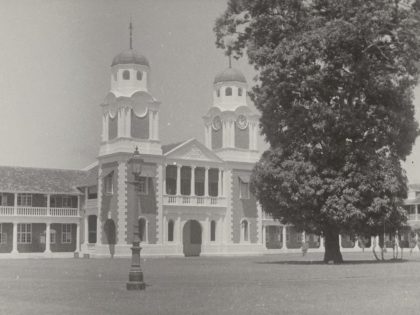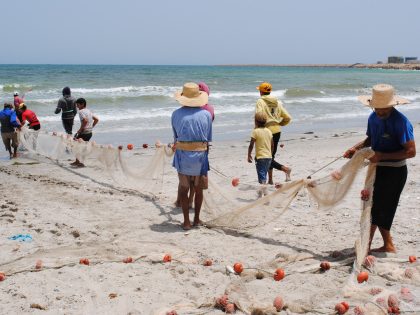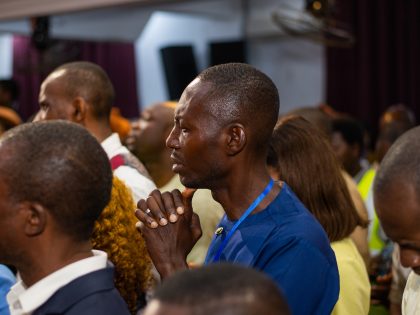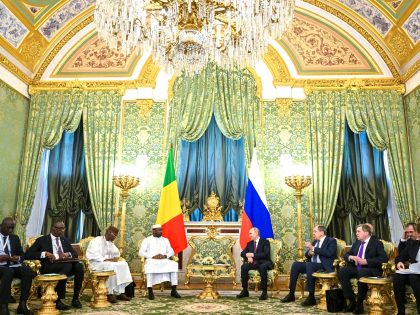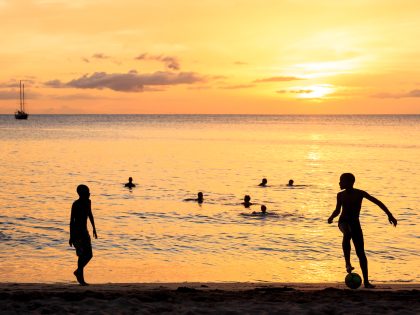The Congolese Oil Curse
Those extracting value from the DRC's soil over last 20 years show they're willing to do anything—including 6 million deaths—to satisfy global commodity markets.

Sabinyo volcano and thick forest, habitat of the endangered Mountain gorilla Virunga National Park, Democratic Republic of Congo (Photo: Martin Harvey / World Wildlife Fund.)
‘So rich, and yet so poor.’ That’s the juxtaposition most journalists turn to when they decide to report on the Democratic Republic of Congo. Slaves, rubber, metals—the DRC has been looted for these things on an almost continuous basis since the 17th century. The legacy of this exploitative process has been the endemic violence and instability that defines the Congo in the collective imagination. And unfortunately, that process isn’t even close to completion: $24 trillion worth of mineral deposits still have yet to be tapped, according to the United Nations Environment Programme. And, as we’ve learned recently, the soil has one especially important gift left to give.
Two announcements over the past year and a half have begun a new, and potentially lethal chapter in the history of resource exploitation in the Congo. The first is that Netherlands-based Fleurette, owned by Israeli billionaire (and, according to Haartez, Congolese citizen) Dan Gertler, said in August of last year that up to 3 billion barrels of oil were sitting under the DRC’s side of Lake Albert. If it was all recoverable—no one knows for sure yet if it is—that’s a haul almost the size of South Sudan’s entire reserves. The second is that UK-registered, US-founded SOCO international said earlier this month that (never mind the public pledge it made last year to cease exploration) seismic data has confirmed that yes, there is in fact oil under Virunga National Park.
The Congolese government has already begun prodding UNESCO to detach the relevant drilling areas from Virunga (which is a World Heritage Site, and therefore closed to drilling). Production currently stands at around 20,000 barrels a day—about as much as Albania, if you were wondering. Opening up Lake Albert alone could triple that number; if dedicated operations were extended across the entirety of the DRC’s Great Lakes territory, the potential profits would be huge.
But the potential violence would be devastating. “The abduction in 2011 of an oil employee in the Virunga Park, in the Kivus, is a reminder that exploration is taking place in disputed areas where ethnic groups are competing for territorial control and the army and militias are engaged in years of illegally exploiting natural resources,” the International Crisis Group said in a 2012 report. More than 20 militia groups—7 alone in and around Virunga—still operate in North and South Kivu, the eastern provinces that have seen the heaviest fighting. The government has not established anything close to effective control: in just one day last month, 30 soldiers died in battles between the Congolese army and Ugandan Islamists. The militias need sources of revenue to fund their continued survival, and foreign interests have never been shy in coughing up; one of the numerous accusations of misconduct leveled against SOCO is that it colluded with rebel group M23 to gain access to Virunga.
Inter-provincial power balances are at risk, too. Katanga, the southeastern-most of Congo’s provinces, has been the country’s mining center for decades. It won’t give up its economic primacy easily—especially given that its former governor, Moïse Katumbi, has been tapped to be the DRC’s next president. And that’s not even to speak of the international implications. Both Uganda and Rwanda have been heavily involved in the Eastern Congo for years; troops from both countries have been spotted crossing the border into the Congo this year. With Burundi mired in crisis, the risk that the region will descend into full-blown war has grown exponentially.
Drilling will start at some point—the economics are inevitable, and no one at the table has any incentive to prevent it. The only question is whether the Eastern Congo is already too much of a disaster for extractive infrastructure to be laid. Unfortunately, that won’t be much of a consolation to the countless numbers of people whose lives are brutalized by the extraction economy. After all, those same interests proved over the last 20 years that they were willing to do anything—including ending the lives of 6 million people—to satisfy the appetites of global commodity markets.







